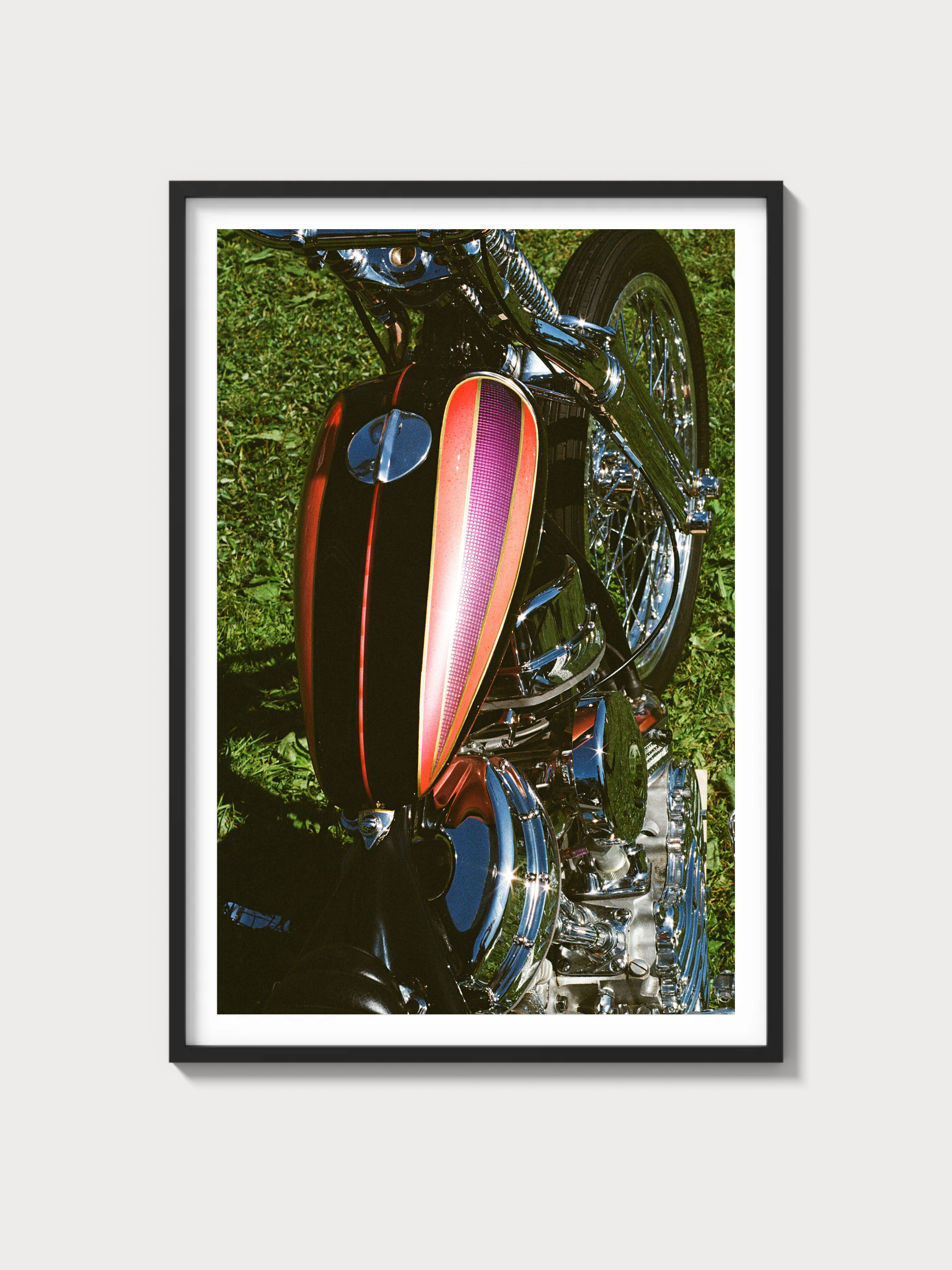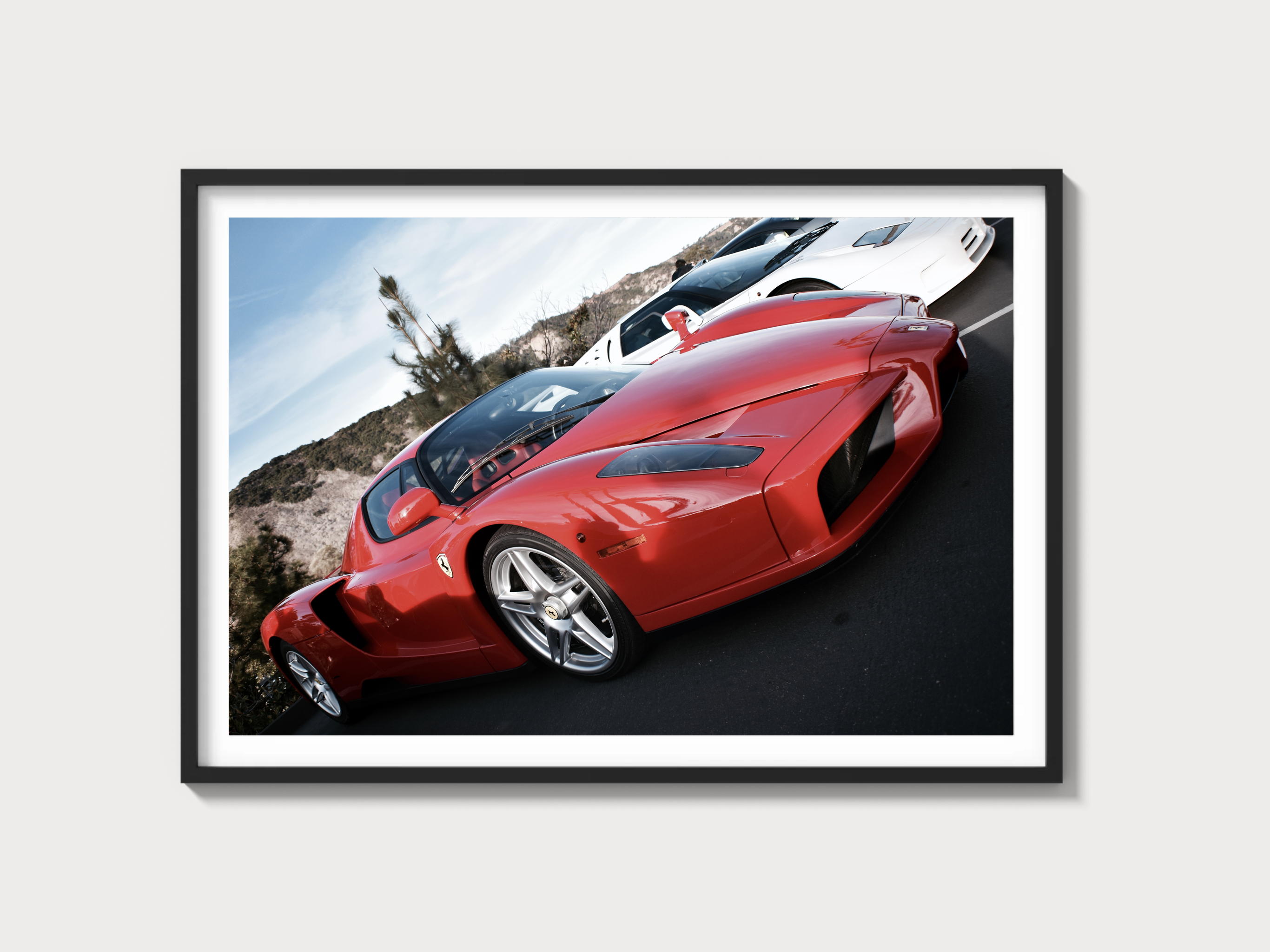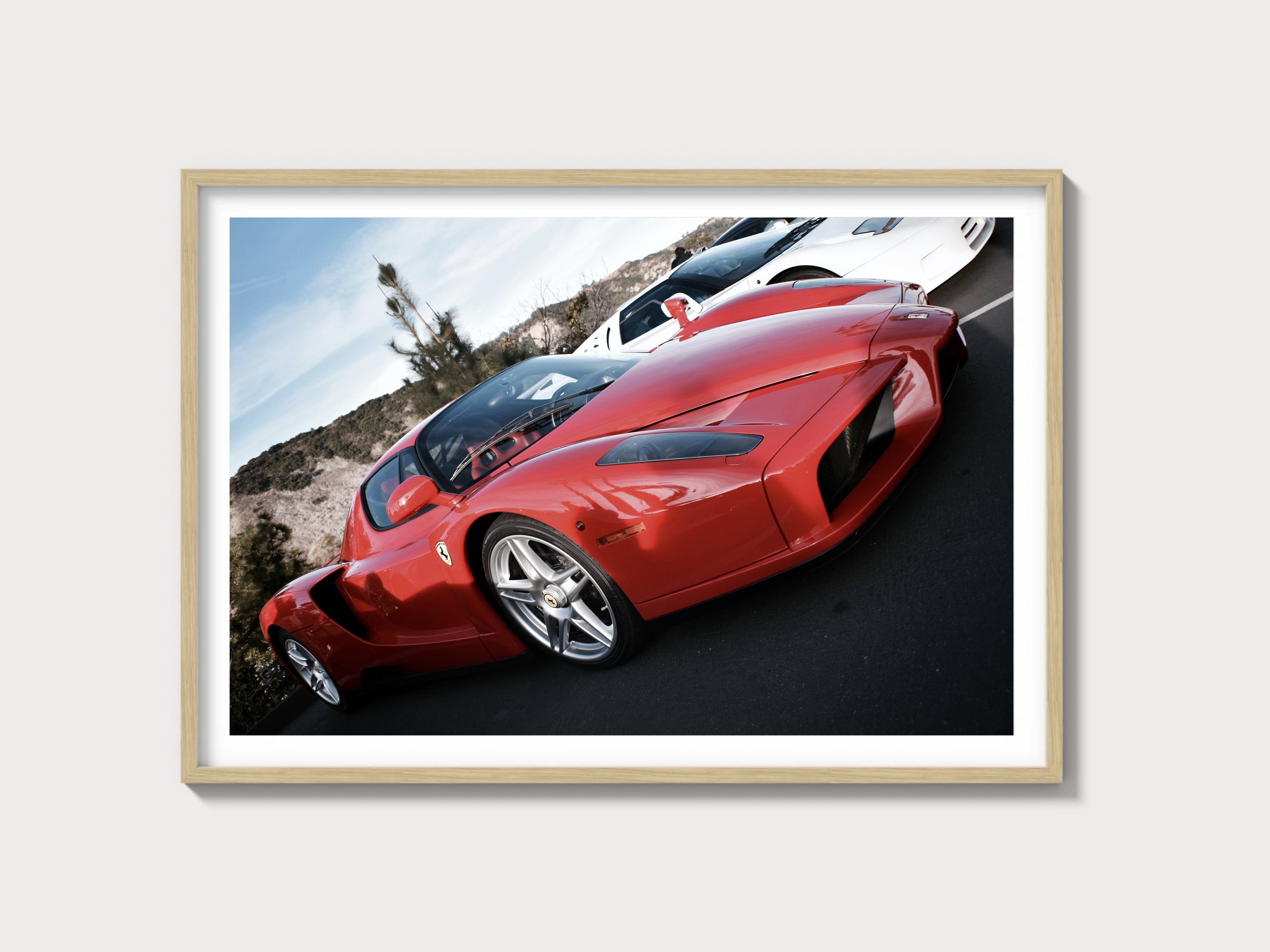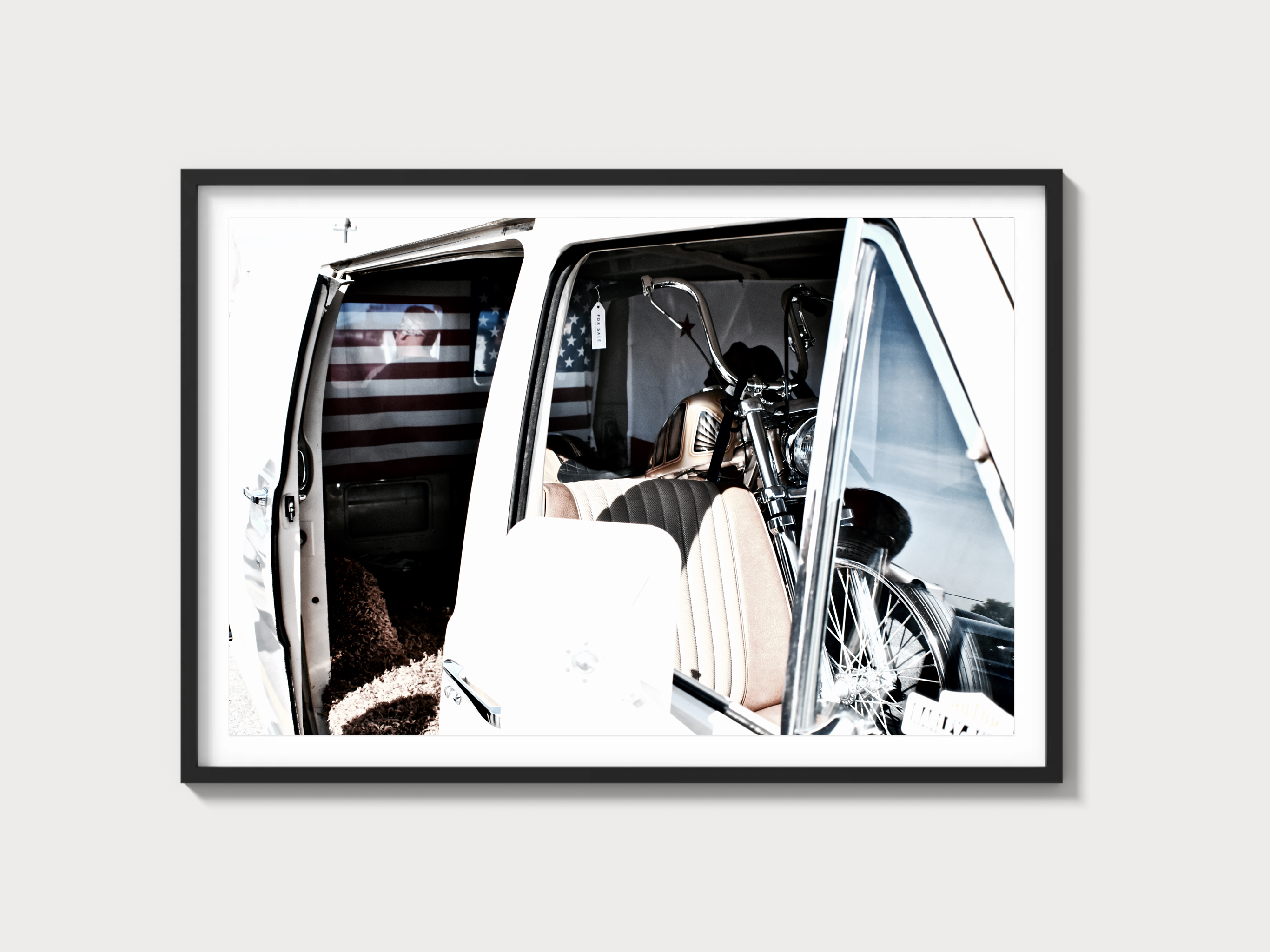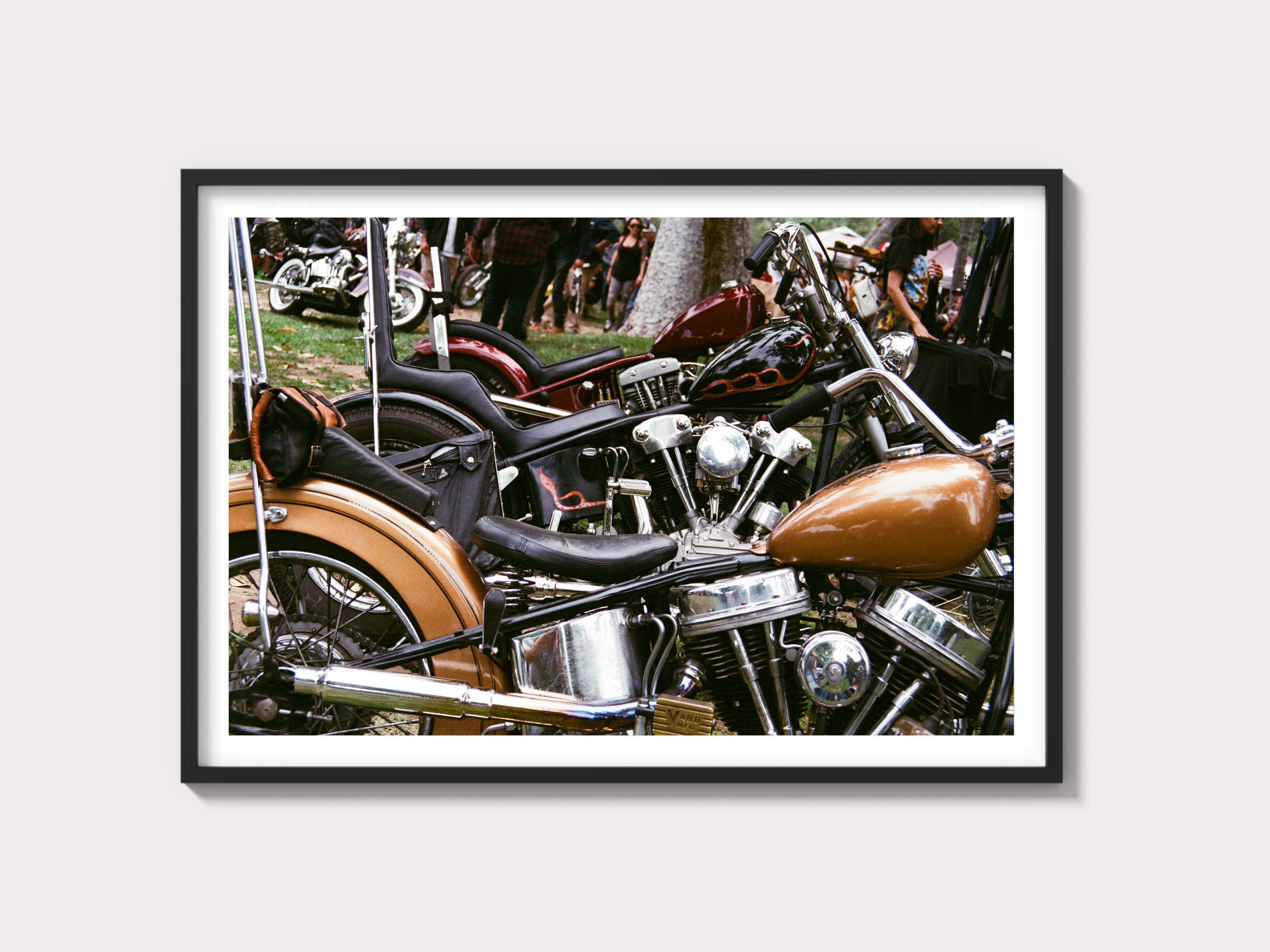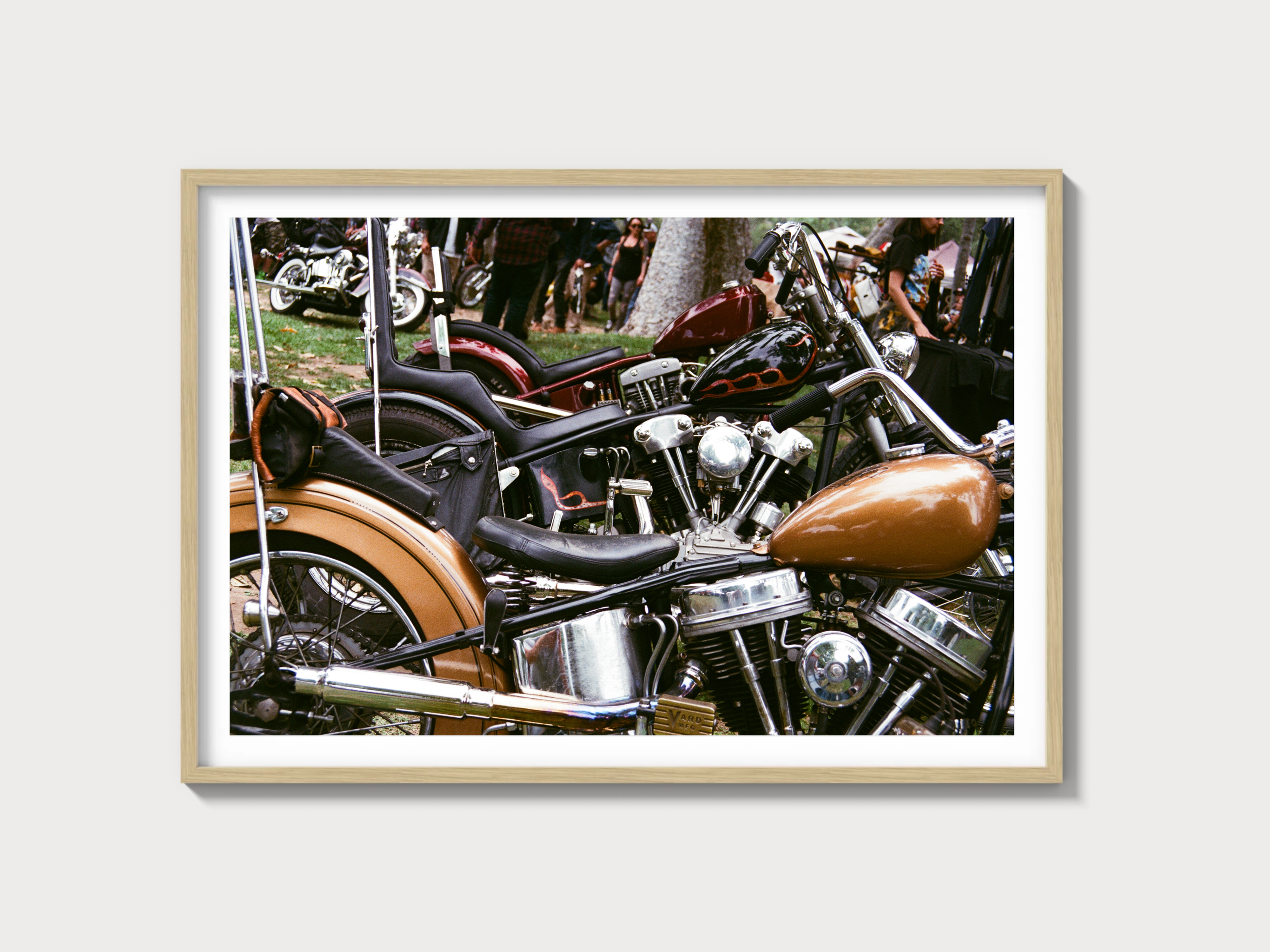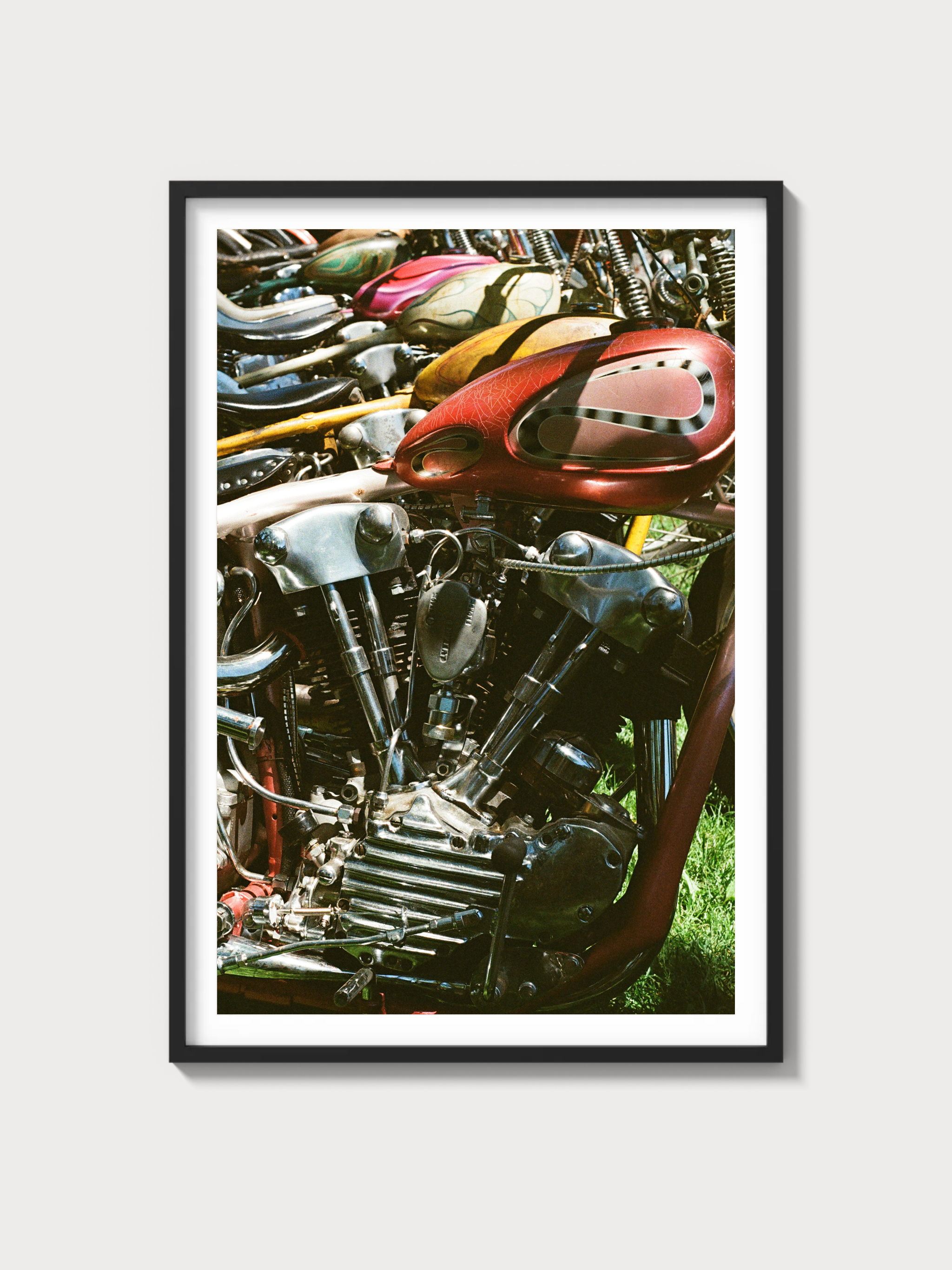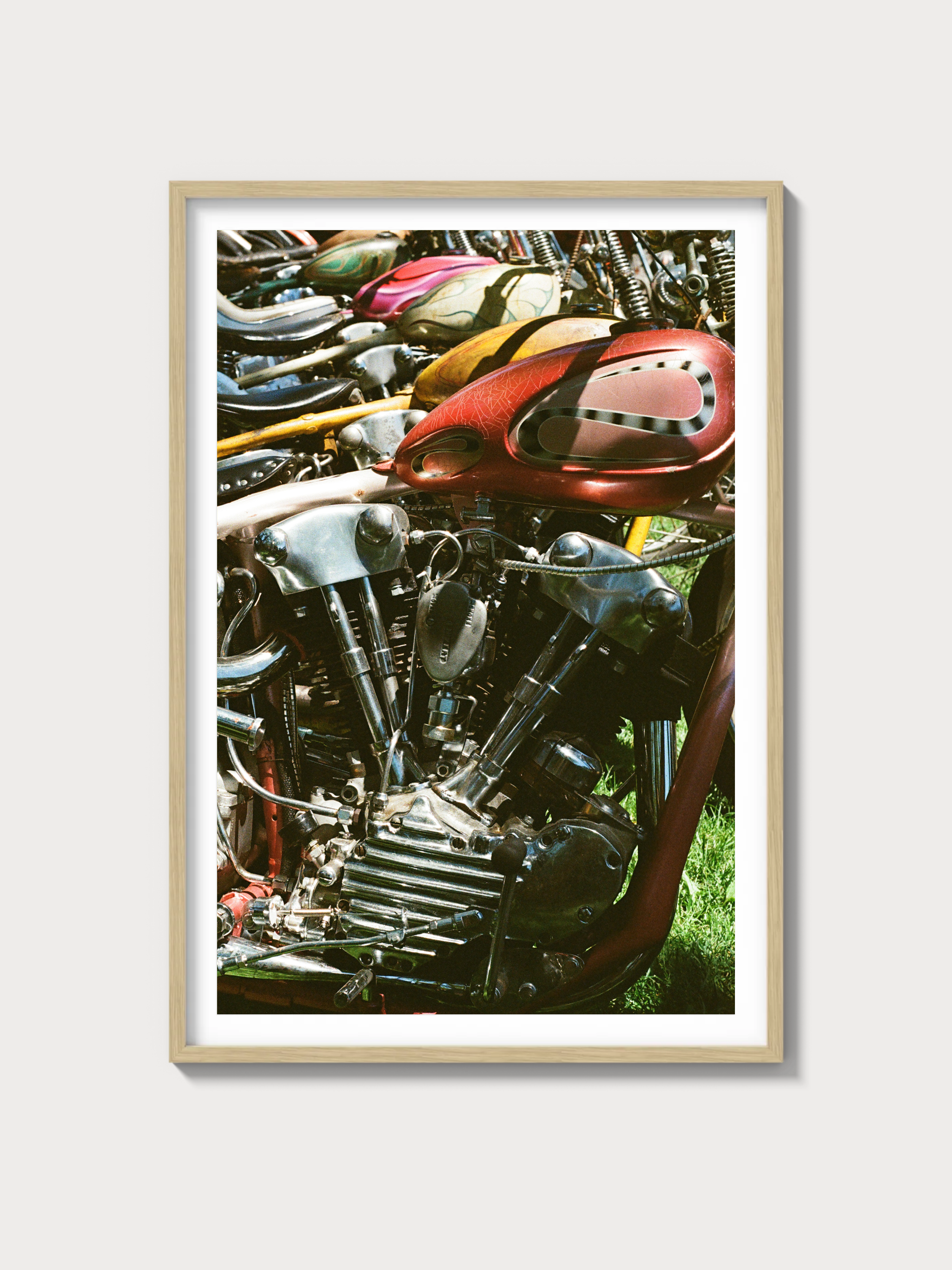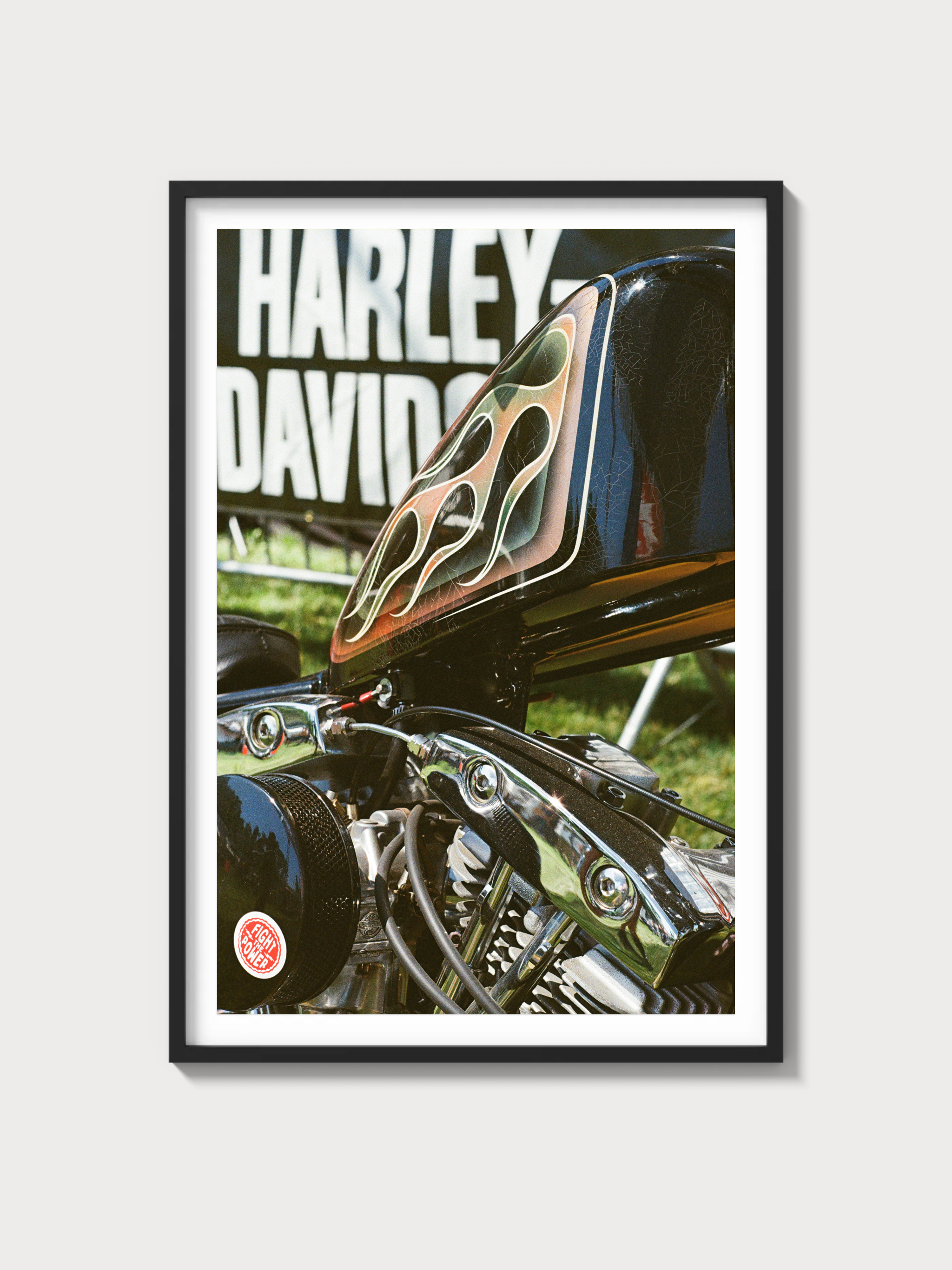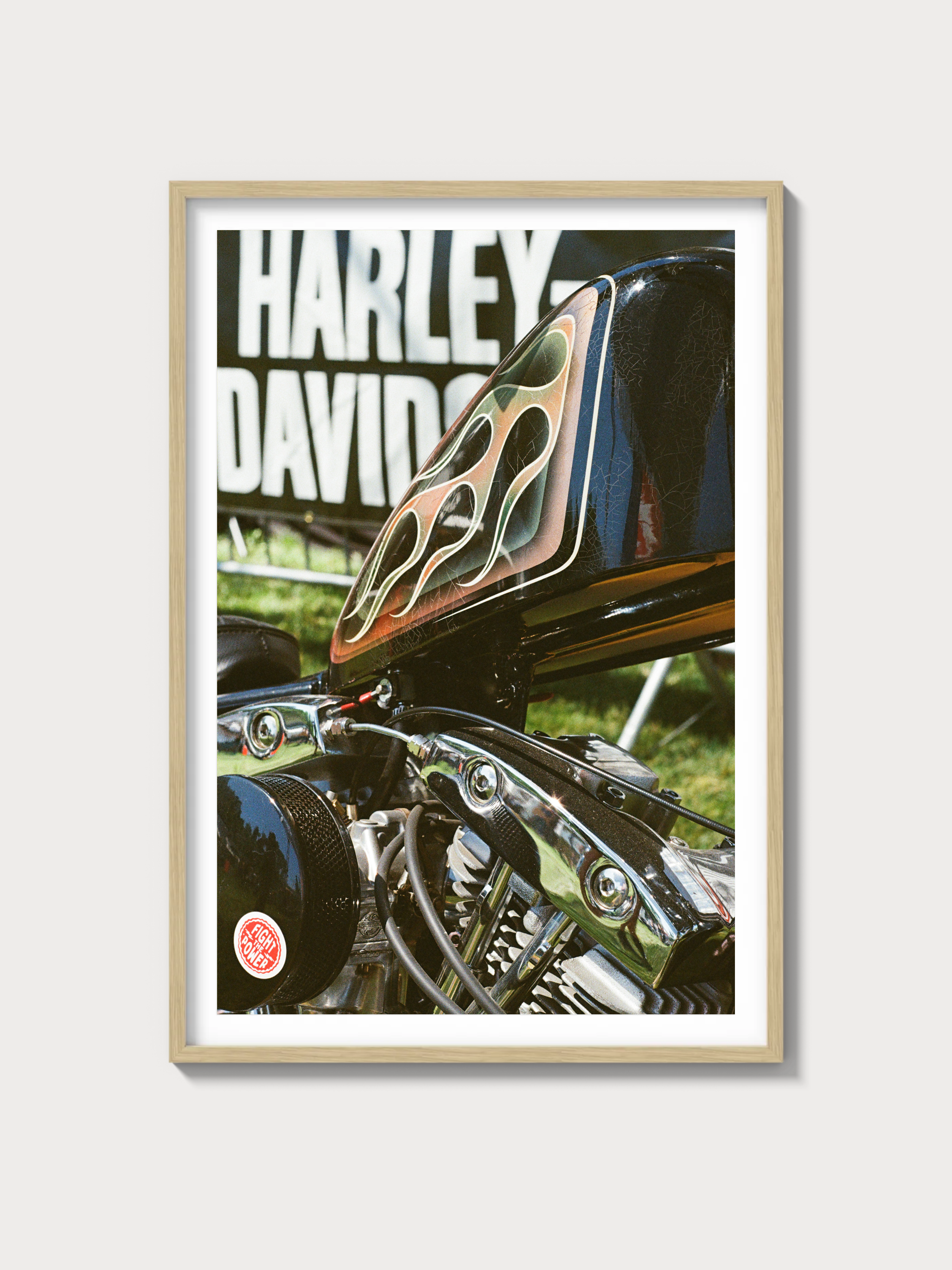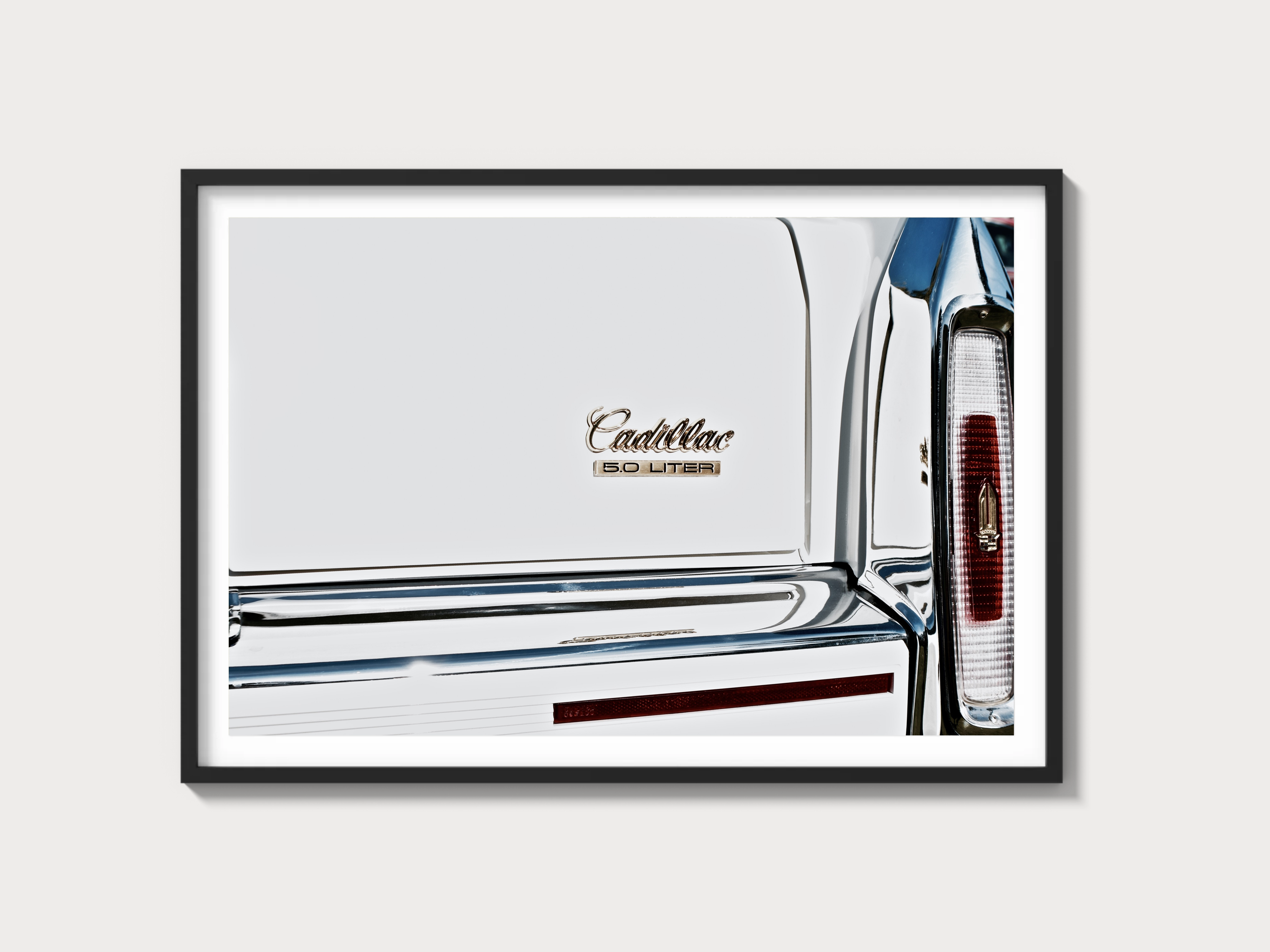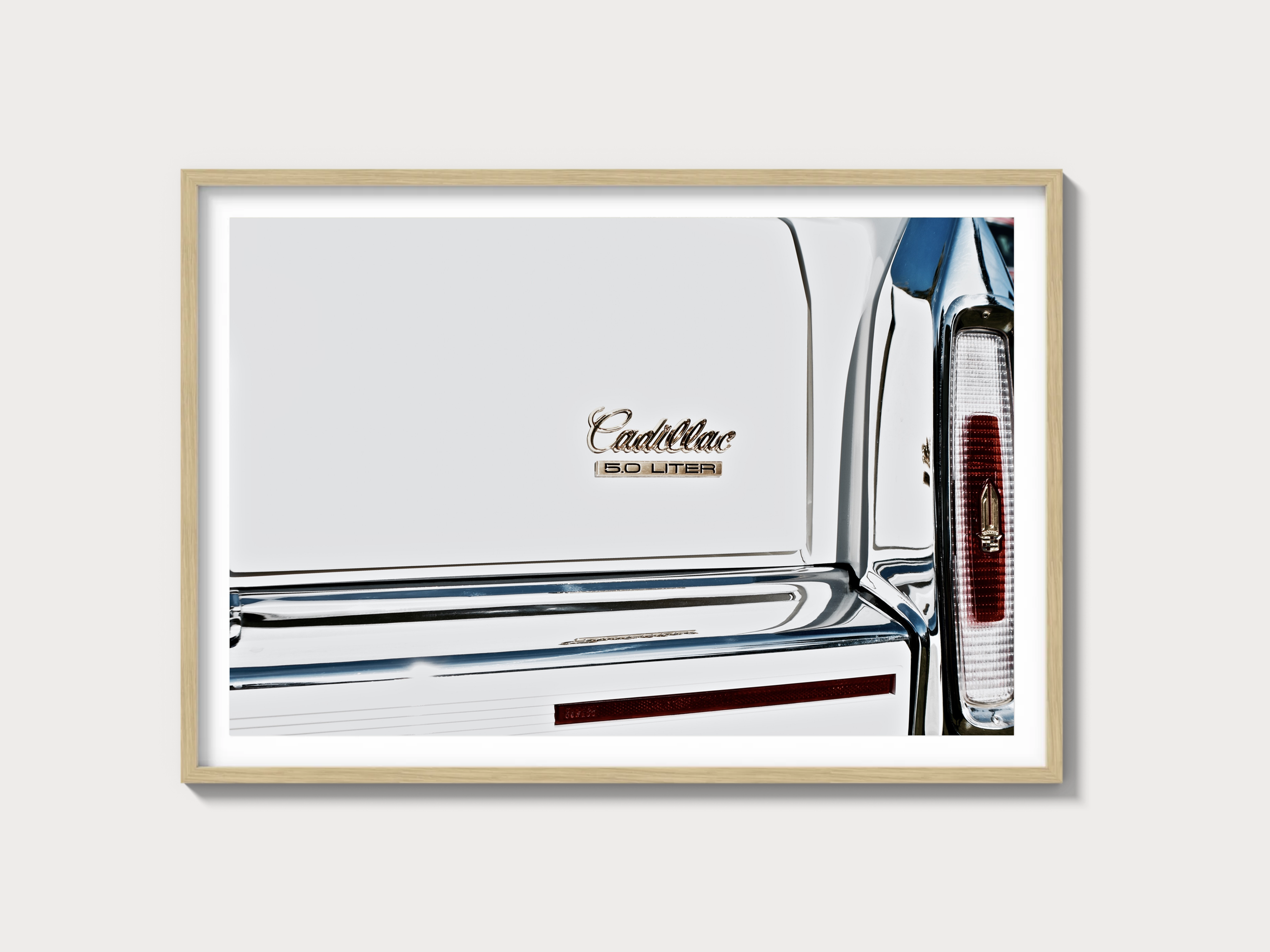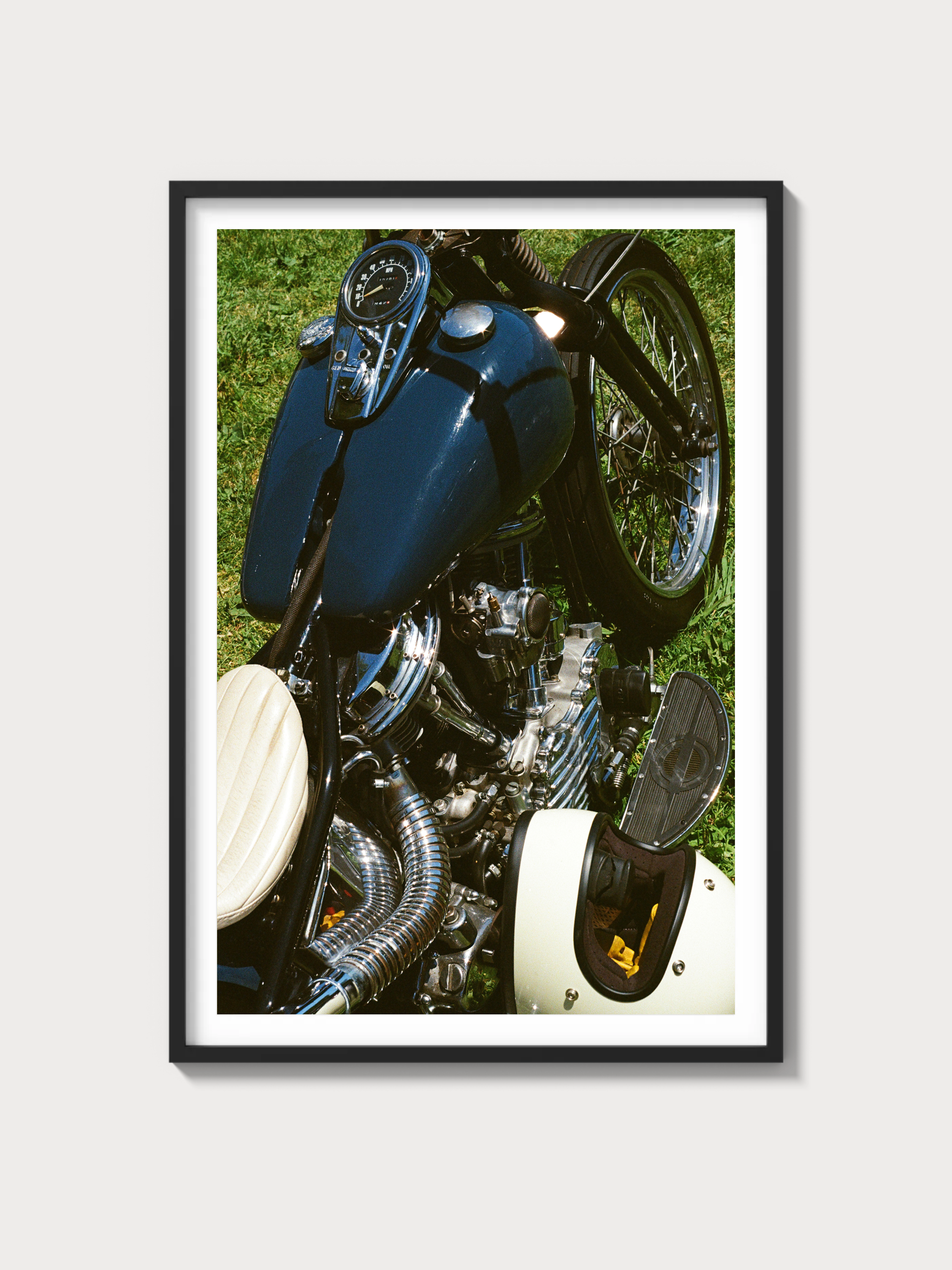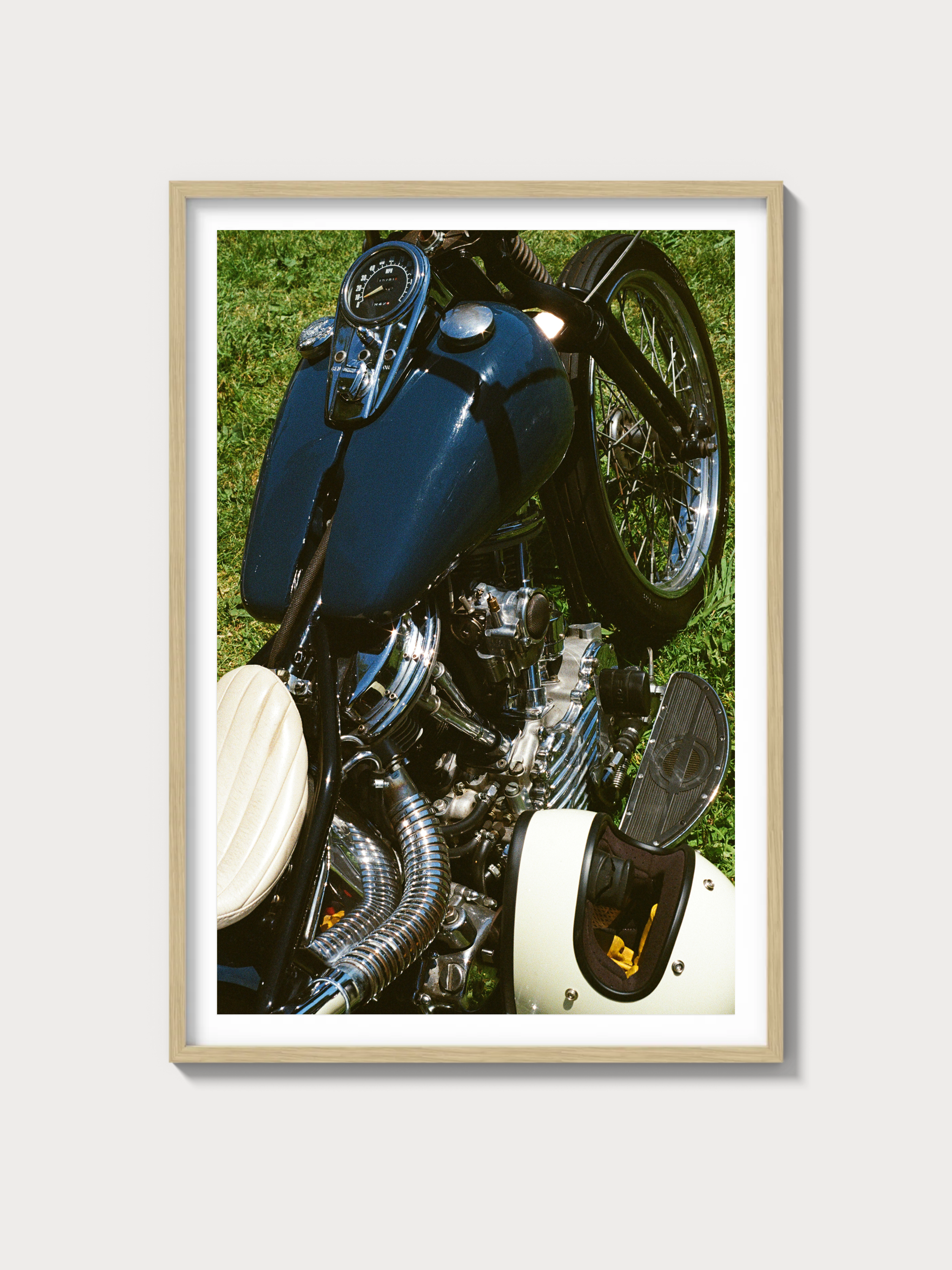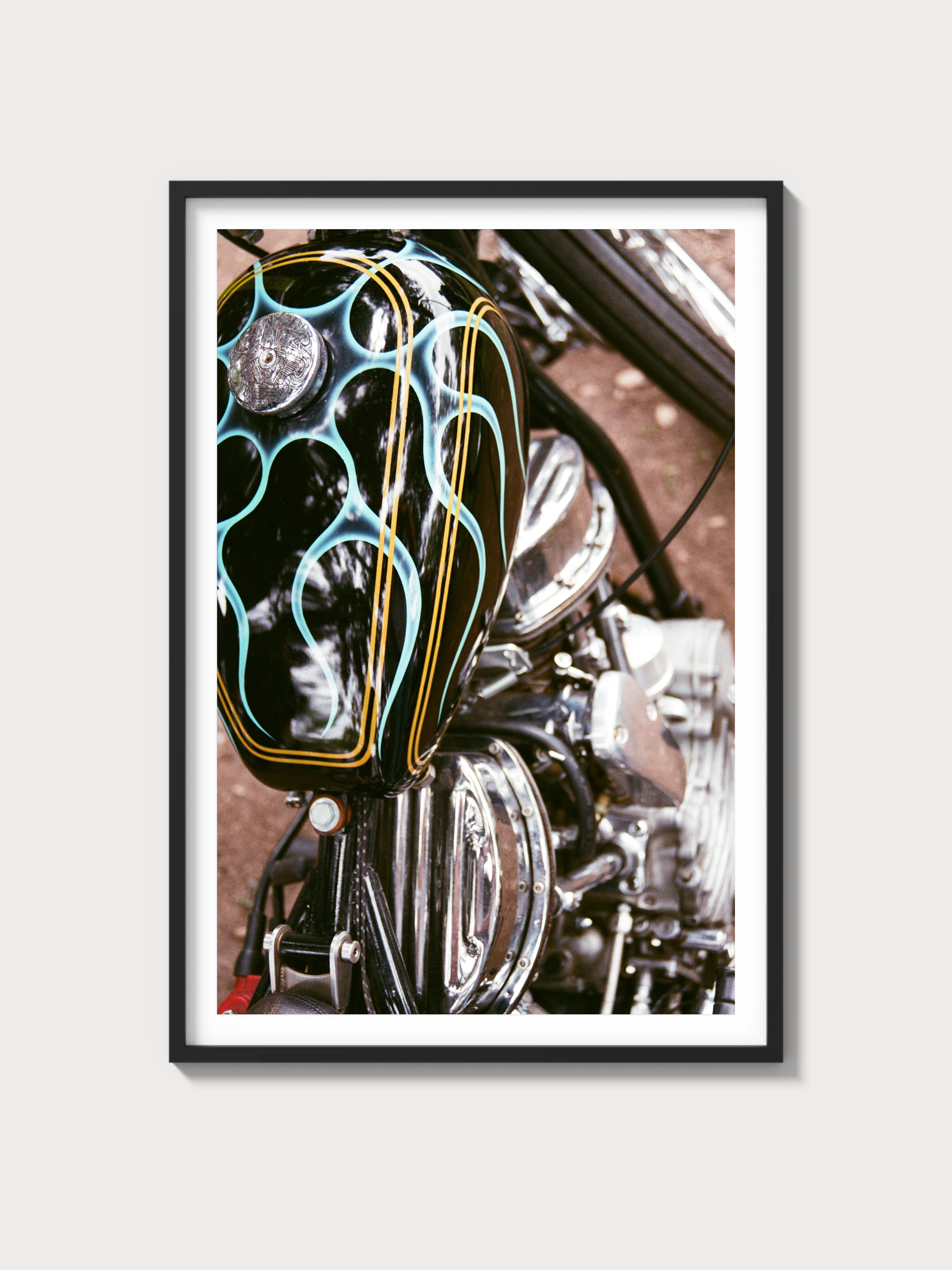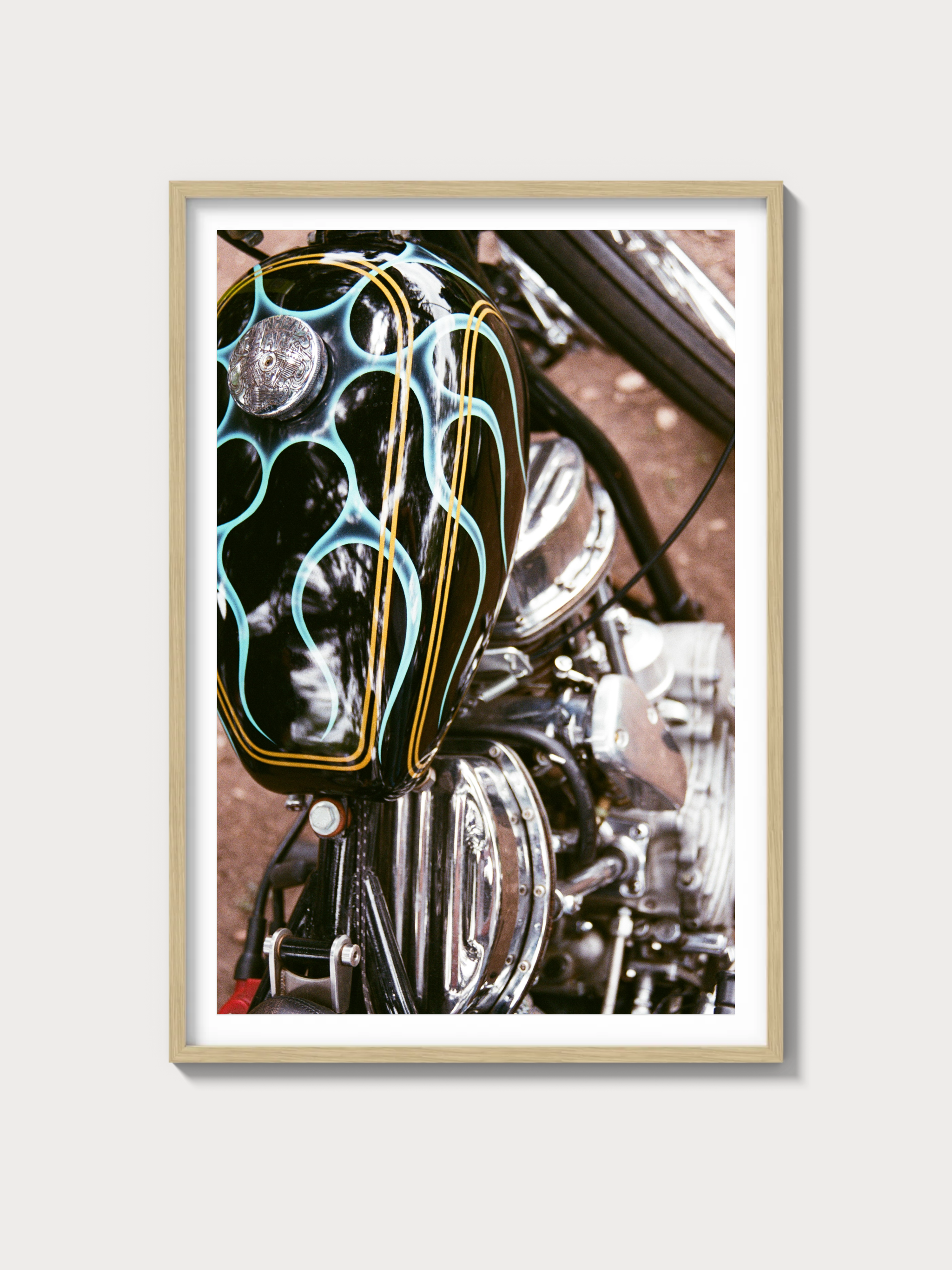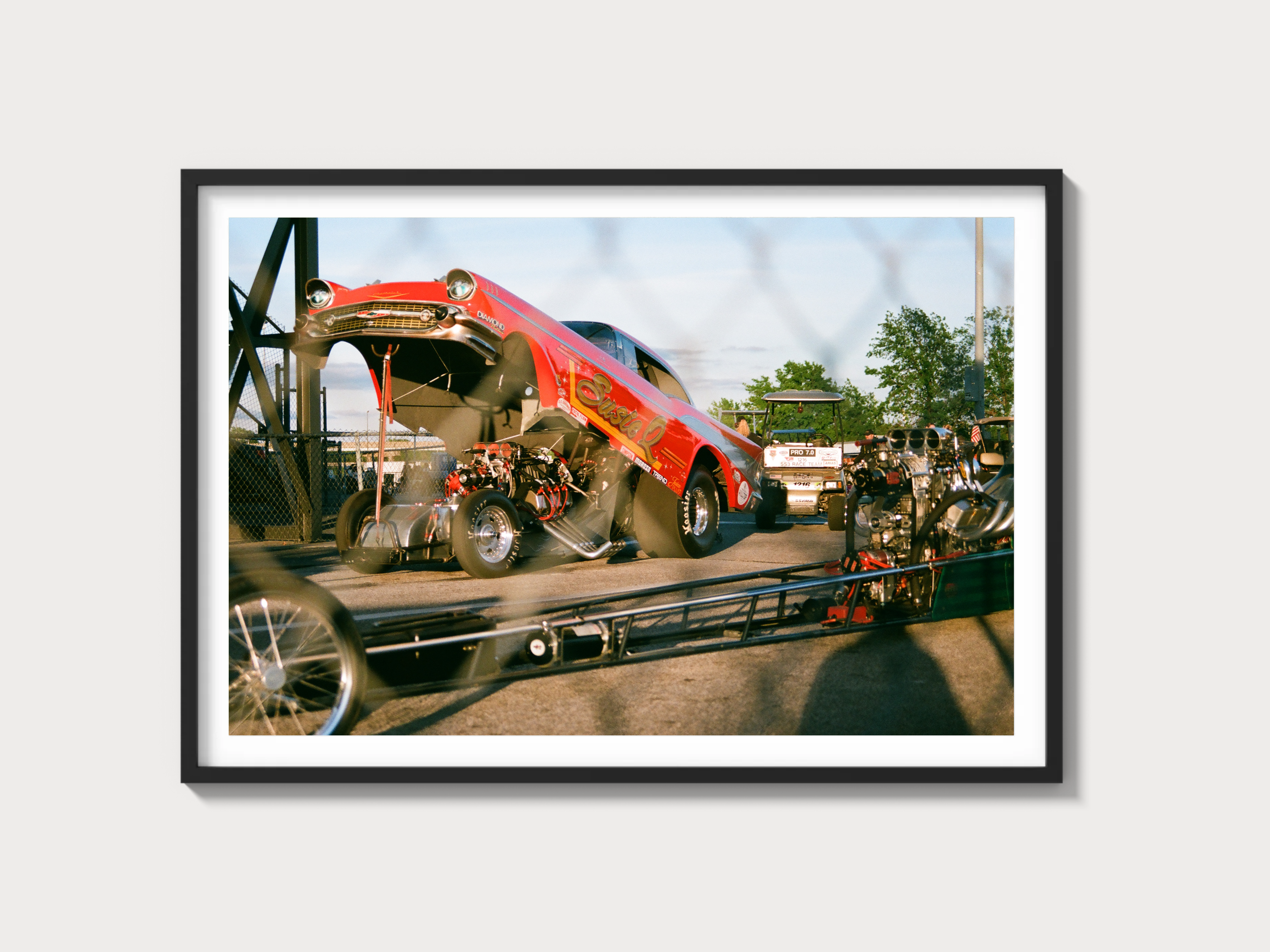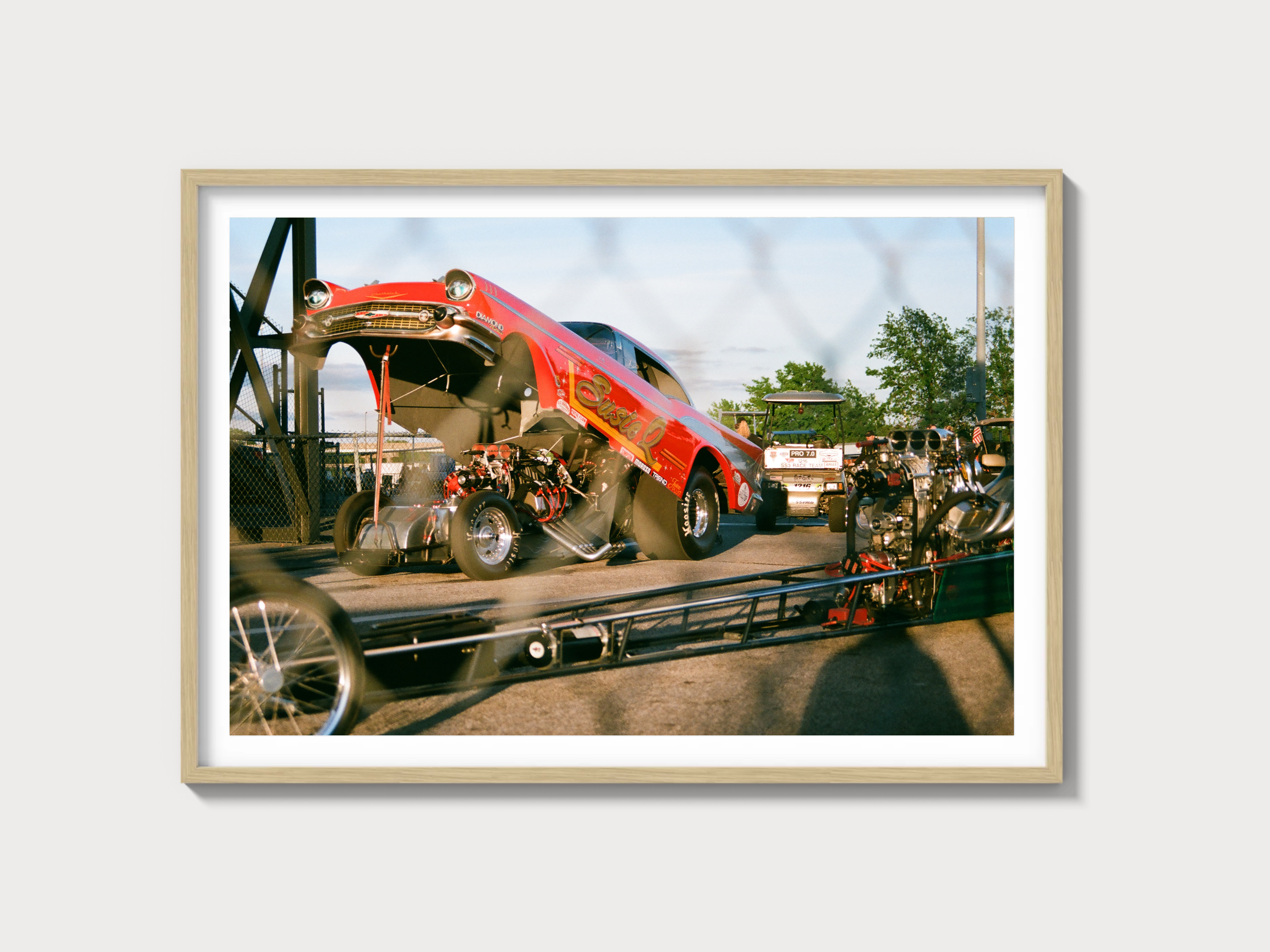1983–1988 Chevrolet Monte Carlo SS (Fourth-Gen): NASCAR-bred Street Muscle
Historical Context and Development Background
Corporate mission and the return of the SS
Chevrolet revived the Monte Carlo SS for 1983 to inject performance credibility back into its G-body personal coupe and to support stock car racing efforts. The SS badge brought a specific aerodynamic urethane front fascia, a rear deck spoiler, unique graphics, and the L69 5.0-liter High Output small-block—elements designed as much for showroom pull as for superspeedway homologation.
Design and aerodynamics
The SS traded the standard Monte Carlo’s formal nose for a wind-cheating fascia, paired with blackout trim and 15-inch performance tires to telegraph intent. In 1986, Chevrolet went further with the SS Aerocoupe: a longer, sloped backlight and unique decklid that cleaned up the car’s trailing-edge airflow for NASCAR. The Aerocoupe bodywork was produced in limited numbers to meet homologation requirements while retaining the street SS’s mechanicals.
Motorsport objectives
On the ovals, the Monte Carlo SS was the face of Chevrolet’s Cup program in the mid-1980s, with the Aerocoupe’s fastback enabling competitive top-end stability against the aero-friendly Ford Thunderbird. Iconic moments from that era cemented the SS silhouette in racing lore, and the street car’s existence was a direct beneficiary of the rulebook.
Competitor landscape
Period rivals included the Buick Regal Grand National and GNX (turbocharged V6 torque monsters), Oldsmobile’s 442 and Hurst/Olds, Pontiac’s limited-run Grand Prix 2+2 (1986), and Ford’s Thunderbird Turbo Coupe. Against boosted adversaries, the Monte Carlo SS countered with small-block durability, long-legged gearing, and an honest carb-fed soundtrack—a different flavor of American performance.
Engine and Technical Specifications
Chevrolet’s SS formula relied on the L69 305-cubic-inch (5.0-liter) small-block V8 breathing through a Rochester Quadrajet four-barrel, paired to a performance axle and an overdrive automatic from 1984 onward. The F41 suspension package tightened roll and sharpened response over the standard Monte Carlo, while the aero nose and rear spoiler added stability at speed.
| Specification | Value |
|---|---|
| Engine configuration | 90° OHV V8 (Chevrolet small-block) |
| Displacement | 305 cu in (5.0 L) |
| Horsepower (factory rating) | Approx. 180 hp (L69 HO) |
| Induction | Naturally aspirated, Rochester Quadrajet 4-bbl |
| Redline | ~5,500 rpm |
| Fuel system | Computer-controlled carburetion (CCC) with HEI ignition |
| Compression ratio | ~9.5:1 (L69) |
| Bore x stroke | 3.736 in x 3.48 in |
Transmissions: the SS launched with a TH350C three-speed automatic in 1983, moving to the 200-4R four-speed overdrive from 1984 onward. The overdrive’s 0.67:1 top gear, often paired to a short final drive, delivered both punch off the line and relaxed highway revs. Limited-slip (G80) was frequently specified.
Driving Experience and Handling Dynamics
Period road tests consistently praised the Monte Carlo SS for being cohesive and predictable. The small-block’s torque arrives early, and the Quadrajet’s progressive secondaries provide a clean, step-up surge that suits street use. With the 200-4R’s tight spacing and a properly adjusted TV cable, downshifts are decisive and repeatable, giving the SS a liveliness that the spec sheet alone undersells.
Steering is a quicker-ratio recirculating ball compared with the standard Monte Carlo, with more on-center weight and less play. The F41 suspension brings stiffer springs and anti-roll bars, along with firmer bushings and specific shock valving. It won’t mimic a modern sports sedan, but body control is tidy, mid-corner balance is neutral if you’re patient with inputs, and the live-axle rear remains composed over broken surfaces. Braking relies on power-assisted front discs and rear drums; pedal feel is solid for the era.
Performance Specifications
Factory ratings and period instrumented tests put the Monte Carlo SS squarely in the quick end of mid-1980s American coupes. Figures varied with equipment, axle ratio, weather, and test procedure, but the envelope below reflects well-documented results.
| Metric | Figure |
|---|---|
| 0–60 mph | ~8.2–8.7 seconds |
| Quarter-mile | ~16.0–16.6 sec @ ~84–88 mph |
| Top speed | ~120 mph |
| Curb weight | ~3,350–3,450 lb |
| Layout | Front-engine, rear-wheel drive (FR) |
| Brakes | Power front discs (10.5 in), rear drums |
| Suspension | Front: double A-arms, coil springs, anti-roll bar; Rear: 4-link live axle, coils, anti-roll bar (F41) |
| Gearbox | 1983: TH350C 3-speed auto; 1984–1988: 200-4R 4-speed OD (0.67:1) |
Variants and Production
Across 1983–1988, the Monte Carlo SS family included the standard notchback and, for homologation, the sloped-back Aerocoupe. The mechanical package remained fundamentally consistent, with trim and aero the key differentiators.
| Variant | Years | Notable features | Documented production |
|---|---|---|---|
| Monte Carlo SS (notchback) | 1983 | Launch year; aero urethane nose, rear spoiler, SS striping; L69 5.0 HO; TH350C 3-speed; widely noted as white-only for the first year | Public sources describe a limited first-year run; Chevrolet did not consolidate an official figure in period brochures |
| Monte Carlo SS (notchback) | 1984–1985 | Adds 200-4R overdrive; expanded color palette and graphics revisions; L69 carries over | Produced in significant volumes; exact year-by-year SS splits vary by source |
| Monte Carlo SS Aerocoupe | 1986 | Homologation fastback rear glass and unique decklid; L69 unchanged | 200 units |
| Monte Carlo SS Aerocoupe | 1987 | Continuation of Aerocoupe; trim updates; same powertrain | 6,052 units |
| Monte Carlo SS (notchback) | 1986–1988 | Standard SS body with aero nose and spoiler; incremental trim updates; L69 continues through end of run | High-volume relative to Aerocoupe; final-year SS production is widely cited as reduced versus mid-decade |
Notes: The Aerocoupe’s backlight and trunk lid are unique to that body style. Limited-slip differential (G80) fitment varies by equipment and market. Canadian and U.S. market cars follow similar specifications with minor trim differences.
Ownership Notes: What Enthusiasts Should Know
Maintenance and service intervals
- Engine oil and filter: 3,000-mile intervals are common practice for carbureted small-blocks; use quality detergent oil and an AC/Delco-equivalent filter.
- Ignition: HEI cap/rotor and plugs typically at ~30,000 miles; verify proper base timing and vacuum advance function (CCC systems rely on correct inputs).
- Cooling: Flush coolant and inspect hoses, radiator, and water pump on a two-year cadence; temperature control is vital for CCC calibration.
- Transmission: TH350C and 200-4R benefit from periodic fluid/filter service (~30,000 miles). For 200-4R, the TV cable must be adjusted to spec to preserve line pressure and clutch life.
- Differential: Change gear oil ~60,000 miles; add friction modifier if limited-slip (G80) is fitted.
- Chassis: Grease front end fittings where applicable; inspect body mounts, control arm bushings, ball joints, and steering box lash.
Known weak spots and age-related issues
- CCC Quadrajet: Vacuum leaks, tired O2 sensors, or a misadjusted mixture solenoid can cause drivability gremlins; a good smoke test and sensor baseline cure most.
- 200-4R TV cable: Incorrect setting rapidly wears the transmission. Confirm WOT line pressure rise per service manual procedure.
- Timing chain and valve stem seals: Typical small-block wear items with mileage; symptoms include timing scatter and light startup smoke.
- Rust watchpoints: Rear frame kick-up near control arm mounts, trunk drops, lower doors, and quarter panels. Aerocoupe-specific rear glass seals deserve close inspection.
- T-top cars: If so equipped, check for water intrusion and structural squeaks; weatherstrips and roof panel alignment are key.
Parts availability and restoration
G-body support is strong. Suspension, brake, interior, and weatherstrip components are widely reproduced. Aerocoupe-specific glass and decklid pieces are scarcer and command premiums. Restorations are straightforward relative to contemporaries; the wiring and CCC hardware are simple once baseline grounds and vacuum routing are corrected.
Cultural Relevance and Collector Interest
The Monte Carlo SS is inseparable from Chevrolet’s stock car narrative. The shape—especially in Aerocoupe form—is etched into racing history through championship campaigns and signature moments that showcased the platform’s high-speed manners. On the street, the SS resonated as an attainable V8 coupe with the soundtrack and stance to match its stickers. Among collectors, originality, documentation, and specific body styles (notably Aerocoupes) drive premiums, with unmodified cars and low-mile examples especially prized.
FAQs
What engine is in the 1983–1988 Monte Carlo SS?
All factory SS models used the L69 5.0-liter (305 cu in) High Output small-block V8 with a Quadrajet four-barrel and HEI ignition. Factory ratings were around 180 hp with strong low-end torque.
How is the Aerocoupe different from the standard SS?
The Aerocoupe (1986–1987) features a unique sloped rear glass and matching decklid to improve high-speed aerodynamics for NASCAR homologation. Powertrain and suspension mirror the standard SS.
Which transmission does the SS use?
1983 models were built with the TH350C three-speed automatic. From 1984 through 1988, the SS used the 200-4R four-speed overdrive automatic.
How quick is a stock Monte Carlo SS?
Expect roughly 0–60 mph in the mid-eight-second range and quarter-mile passes in the low-to-mid 16s when stock and healthy, consistent with period road tests.
Are these cars reliable?
Yes, when maintained. The small-block Chevrolet is robust, and the 200-4R can be durable if the TV cable is correctly set and the fluid kept fresh. Most drivability issues stem from vacuum leaks or neglected CCC components.
What should I inspect when buying?
Look closely for rust in the rear frame sections and quarter panels, correct TV cable adjustment on 200-4R cars, clean and intact vacuum lines, solid body mounts, and original Aerocoupe glass/decklid where applicable. Verify axle ratio and presence of G80 limited-slip.
Did Chevrolet offer a manual transmission?
No. The SS was automatic-only from 1983 through 1988.
How does it compare to a Buick Grand National?
The GN (and GNX) is significantly quicker in stock form thanks to its turbocharged V6. The Monte Carlo SS delivers a more traditional small-block feel and soundtrack, with comparable chassis fundamentals and easier parts interchangeability.




